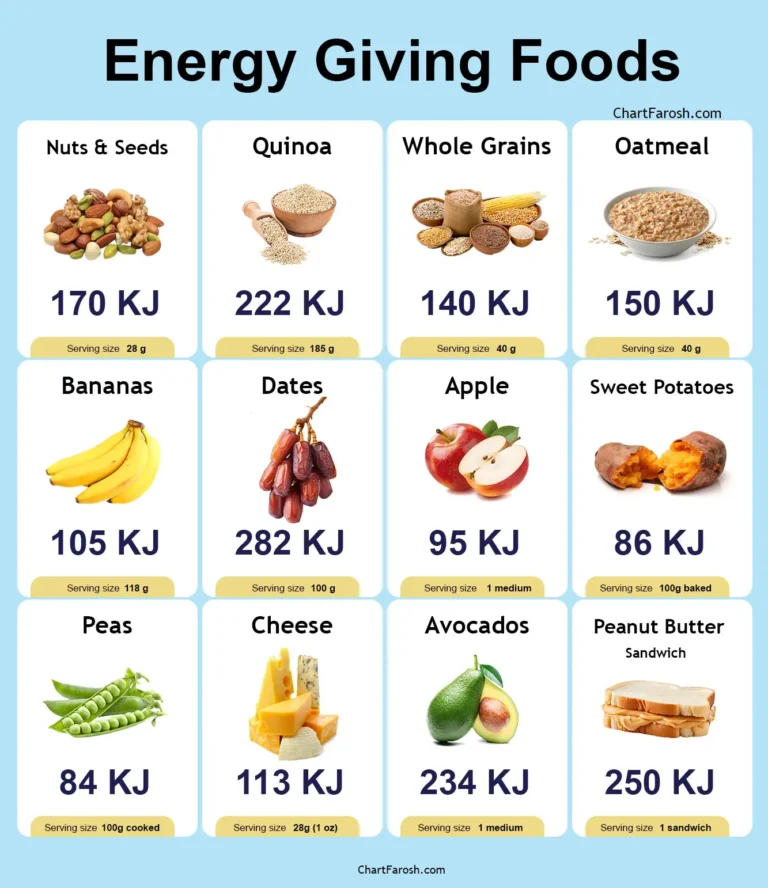Seasonal Vegetables Chart
Eating seasonal vegetables is highly recommended if you strive for healthy eating practices. The seasonal produce will boost your health and contribute positively to the economy.
Every season has its distinctive vegetables and fruits. Seasonal produce is easily available in the local market, and you can easily get fresh produce before every meal.
In this blog, we will discuss seasonal vegetables and their nutritional benefits in detail. You can also access the seasonal vegetables chart, which comprehensively explains all the seasonal products you would love to enjoy in your daily meal.

Table of Contents
Seasonal Vegetables By Month
Another way of categorizing the available vegetables is by month. It is a more convenient way to keep a record and manage your daily menu. As the year starts, the winter season is in full swing in January. The majority of the carbohydrate-rich vegetables are available in this season.
The common choices for seasonal vegetables in winter, from December to February, include Kale, asparagus, artichokes, and beets. All these are the essential ingredients for winter special dishes like soups and stews.
During the spring season, light and greener options are available from March through May. The common vegetables available during these months include Spring onions, peas, green beans, corn, summer squash, okra, celery, beets, and turnips. You can add these veggies in salads or grill them to compliment your chicken serves.
June through August, when the summer is at its peak, you will see hydrating vegetables. The seasonal vegetables available during these months include radishes, spinach, and lettuce. All these have high water and electrolyte content, which helps keep our bodies hydrated and energized.
Soon after the onset of the spring season, vitamin-rich vegetables are witnessed all around from September through November. You can find a variety of seasonal produce like potatoes, radishes, spinach, bell peppers, eggplant, cucumbers, pumpkins, squash, sweet potatoes, arugula, brussels sprouts, and celery.
Some vegetables are available all year round, and you do not have to wait for a particular season to enjoy them in your meals. These evergreen vegetables include potatoes, carrots, onions, garlic, and mushrooms.
| January | February | March | April | May | June | July | August | September | October | November | December |
|---|---|---|---|---|---|---|---|---|---|---|---|
| Kale | Artichokes | Carrots | Turnips | Leeks | Zucchini | Cauliflower | Broccoli | Potatoes | Eggplant | Cucumbers | kohlrabi |
| Asparagus | Tomatoes | Spring onions | Peas | Green beans | Fennel | Spinach | Arugula | Bell peppers | Squash | Sweet potatoes | |
| Beets | Swiss chard | Corn | Summer squash | Okra | Radishes | Garlic | Pumpkins | ||||
| Brussels sprouts | Celery | Beets | Lettuce |
Seasonal Vegetables Chart
You can enjoy different vegetables in every season. Seasonal vegetables taste better and are richer in vitamins and minerals. Their nutrient content perfectly aligns with our body’s requirements based on the seasonal effect on our metabolism.
The seasonal vegetables in summer mostly include cabbage, cauliflower, potatoes, radishes, tomatoes and cucumbers. All of them are rich in water content and are easily digestible by our bodies.
They perfectly complement the human body’s requirements during hot seasons as we need more water. The green leafy vegetables also keep our gut healthy. There are a variety of different dishes that you can prepare from these vegetables and enjoy your meals throughout the summer.
Similarly, in winter, our body produces more heat to cope with the temperatures. Nature gifts us with nutrient-rich seasonal vegetables for winter, including peas, green beans, zucchini, swiss chard, and arugula.
These vegetables are rich in carbohydrates, which fulfill our body’s needs. Many of these vegetables are used in winter dishes like soups, which also help fulfill our nutritional requirements.
Similarly, fall comes with its unique variety of vegetables. The majority of the green vegetables are readily available during the fall season. You can enjoy peppers, bell peppers, celery, garlic, cabbage, spinach, and lettuce. They are all rich in minerals and vitamins, which are highly beneficial for your body.
| Spring | Summer | Fall | Winter |
|---|---|---|---|
| Kale | Cabbage | Spinach | Peas |
| Brussels sprouts | Cauliflower | Lettuce | Green beans |
| Carrots | Broccoli | Asparagus | Zucchini |
| Turnips | Potatoes | Artichokes | Swiss chard |
| Leeks | Radishes | Spring onions | Arugula |
| Tomatoes | Peppers | ||
| Cucumbers | Bell peppers | ||
| Eggplant | Celery | ||
| Beets | Garlic | ||
| Cabbage | |||
| Spinach | |||
| Lettuce | |||
| Arugula |
Conclusion
Eating seasonal vegetables is a great source of a nutrient-rich diet. Consuming the seasonal produce will also support the economy and the community which spends a lot of effort and energy growing these veggies.
To keep track of all the available vegetables in a particular season, you can use our seasonal vegetables chart above. It will help you remember the available options in planning your daily or weekly menus for your family. These charts can act as a key source in developing healthy eating habits.






